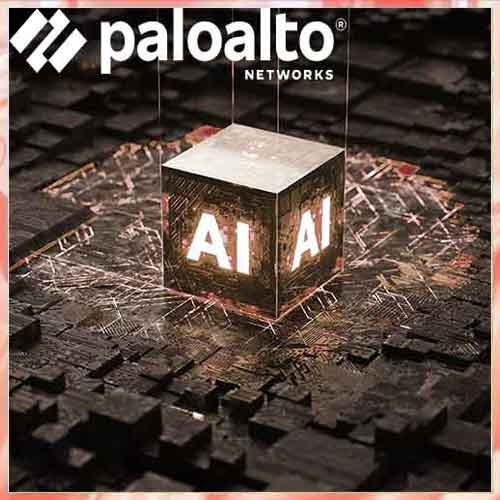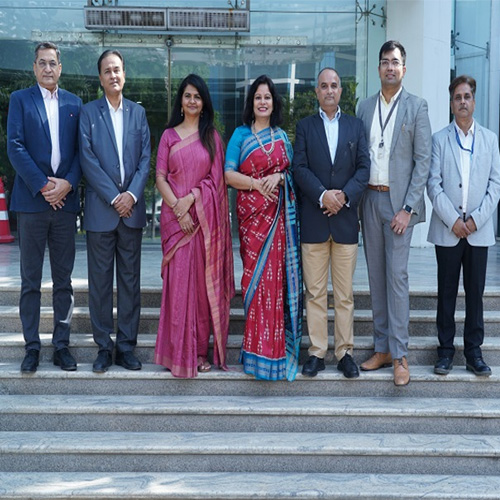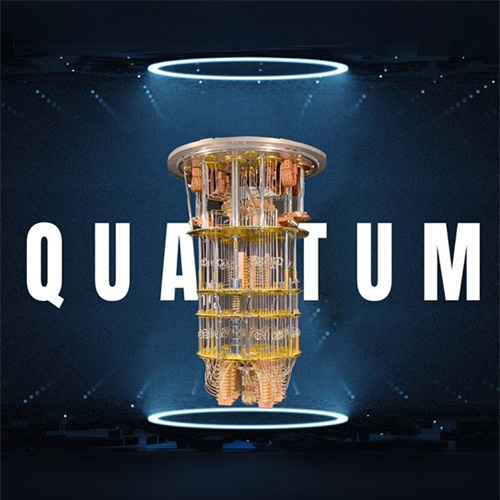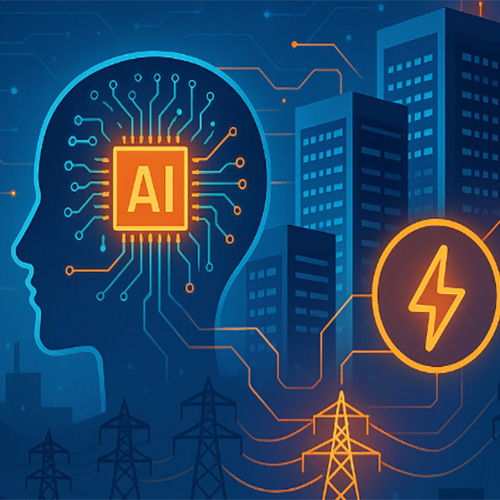
In an evolving threat landscape, cybersecurity leaders emphasize the urgent need for AI-driven defense systems to counter AI-powered threats, urging India to balance its AI innovation push with equally strong cybersecurity strategies for long-term resilience
Palo Alto Networks has released its State of Generative AI 2025 report, highlighting growing cybersecurity concerns as generative AI adoption accelerates. The report reveals that, on average, 10% of a company’s 66 generative AI applications are considered high-risk. While the integration of AI promises significant productivity gains, the study warns that unsanctioned usage, emerging cyber threats, and a lack of governance are rapidly expanding the attack surface for organizations—particularly across India and the broader Asia-Pacific region.
In parallel, India’s 2025 Union Budget reflects a strong national push to advance artificial intelligence, with a dedicated allocation of ₹500 crore for establishing a Centre of Excellence in AI for education. This initiative underscores the country’s ambition to position itself as a global AI leader. However, experts caution that as AI technologies become more sophisticated, they are also being exploited by cybercriminals to launch faster and more advanced attacks.
In this evolving threat landscape, cybersecurity leaders stress the need for AI-driven defense systems capable of countering AI-powered threats—emphasizing the critical need to "fight AI with AI." The report reinforces the urgency for India to complement its AI innovation efforts with equally robust cybersecurity strategies to ensure safe and sustainable technological advancement.
“AI adoption offers transformative opportunities across both commercial and government sectors in the region. But as this report highlights, we are also seeing an expanding attack surface, particularly with the use of high-risk GenAI applications in critical infrastructure sectors,” said Tom Scully, Director and Principal Architect for Government and Critical Industries, Asia Pacific & Japan, at Palo Alto Networks. “Organisations must balance innovation with strong governance, adopting security architectures that account for AI’s unique risks. From shadow AI and data leakage to the more complex threats posed by agentic AI models. Proactive oversight and adaptive security controls are essential to ensuring that the benefits of AI are fully realised without compromising national security, public trust, or operational integrity.”
The 2025 State of GenAI report, based on traffic analysis from 7,051 global enterprise customers, provides an in-depth look into how enterprises are adopting GenAI and where they remain most vulnerable.
Key findings of the 2025 GenAI Security Report include:
· Rapid adoption rates: There’s been an 890% surge in Generative AI (GenAI) traffic in 2024.
· In India: The top 3 most used GenAI apps by volume were Grammarly (32.56%), Microsoft Power Apps (19.98%), and Microsoft Copilot (16.37%)
· Risk posture: Globally on average, 10% of a company’s 66 GenAI apps are high-risk
· Exponential growth in GenAI adoption: Following the release of DeepSeek-R1 in January 2025, DeepSeek-related traffic alone spiked by 1,800% within two months.
· Rising data loss incidents: GenAI-related data loss prevention (DLP) incidents more than doubled over the course of 2025, now accounting for 14% of all data security incidents.
· Shadow AI emerges as a key risk: Unauthorised, unsanctioned GenAI use, termed “Shadow AI”, has created blind spots for IT and security teams, making it difficult to control sensitive data flows.
· Jailbreaking remains a top concern: Many high-risk AI models remain susceptible to jailbreak attacks that produce unsafe content, including offensive material and instructions for illegal activities.
· Industry-specific insights: Globally, technology and manufacturing sectors alone account for 39% of AI coding transactions, creating additional risk for industries that depend on proprietary IPs.
“India is one of GenAI’s biggest adopters and in a country where work happens in multiple languages, at massive scale, it’s no surprise that writing, coding, and conversational AI are leading use cases. But the pace of adoption has outstripped governance,” said Swapna Bapat, Vice President & Managing Director, India and SAARC, Palo Alto Networks. “Many organisations don’t realise just how much GenAI is already embedded in their daily workflows. The priority now isn’t whether to use these tools, it’s how to use AI to secure them without slowing people down.”
The report also offers best practice recommendations for businesses seeking to safely harness the potential of GenAI:
· Establish visibility and control: Gain comprehensive oversight of GenAI app usage, implement conditional access policies, and manage permissions at the user and group level.
· Safeguard sensitive data: Deploy real-time content inspection with centralised policy enforcement to detect and prevent unauthorised data exfiltration.
· Defend against AI-driven threats: Implement Zero Trust security architectures to mitigate modern cyberthreats, malware, and sophisticated AI-powered attacks.
Data for this report was derived from Palo Alto Networks’ analysis of GenAI traffic across a global customer base of 7,051 organisations throughout 2024.
See What’s Next in Tech With the Fast Forward Newsletter
Tweets From @varindiamag
Nothing to see here - yet
When they Tweet, their Tweets will show up here.





























